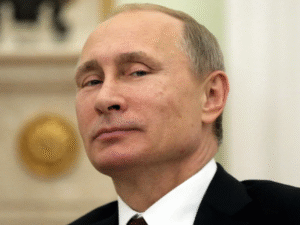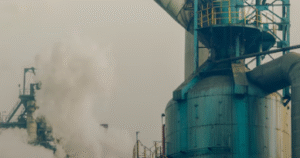$XOM $RDS.A $EQNR
#NaturalGas #LNG #EnergyMarkets #EuropeanEnergy #GasPrices #EnergySecurity #StorageCapacity #WinterHeating #CommoditiesTrading #MarketTrends #SustainableEnergy #FuturesTrading
Europe witnessed a notable decline in benchmark natural gas prices following the Easter holiday weekend, marking a period of modest relief for energy markets across the continent. This downturn in prices was primarily attributed to the sustained flow of LNG (liquefied natural gas) cargoes, which reported arrivals slightly above the seasonal norm. On Tuesday, the Dutch TTF Natural Gas Futures, a leading indicator for Europe’s natural gas trading activities, saw a decrease of 2.5%, positioning the price at $49.97 (approximately 34.78 euros) per megawatt-hour (MWh). This shift occurred amidst growing optimism regarding the capability of the continent to replenish its gas storage facilities during the forthcoming spring and summer months, a period critical for ensuring energy security ahead of the next heating season.
The slight increase in LNG shipments arriving in Europe is a critical component in the continent’s strategy to navigate the challenges posed by energy supply uncertainties. In recent years, Europe’s energy landscape has been significantly disrupted, first by the COVID-19 pandemic and subsequently by geopolitical tensions that have strained traditional gas supply lines. As a result, the importance of LNG as a flexible and diversifying energy source has been underscored, with Europe looking towards suppliers in the United States, Qatar, and other regions capable of boosting LNG exports. This strategy has not only contributed to the current downturn in gas prices but has also provided a cushion against potential supply shocks.
Against the backdrop of these developments, Europe ended its winter heating season with natural gas storage levels at their lowest in three years. This situation had fueled concerns about whether the continent could effectively manage its energy needs, particularly in the absence of Russian gas, which historically accounted for a significant portion of Europe’s gas imports. The current levels of LNG imports play a crucial role in alleviating these concerns, demonstrating a shift in Europe’s energy procurement strategy towards a more diversified and resilient approach. The ability to maintain and even increase LNG flows above the average is key to ensuring that storage levels are adequately replenished during the milder months, setting a stable foundation for the next winter season.
Looking ahead, the dynamics of the European natural gas market are expected to remain influenced by a variety of factors, including geopolitical developments, fluctuations in global LNG supply and demand, and the ongoing transition towards greener energy sources. While the recent drop in gas prices provides a temporary respite for European consumers and industries, it also highlights the importance of strategic planning and investment in energy infrastructure and relationships. Moving forward, Europe’s energy security will largely depend on its ability to adapt to these challenges, balancing between immediate energy needs and longer-term sustainability goals. The continent’s experience with natural gas shortages and price volatility serves as a stark reminder of the complex interdependencies that define global energy markets in the 21st century.







Comments are closed.